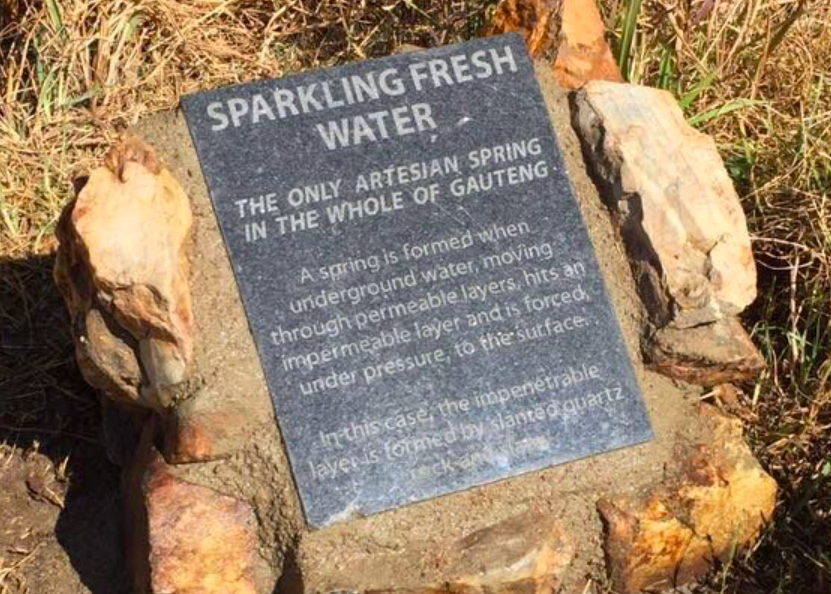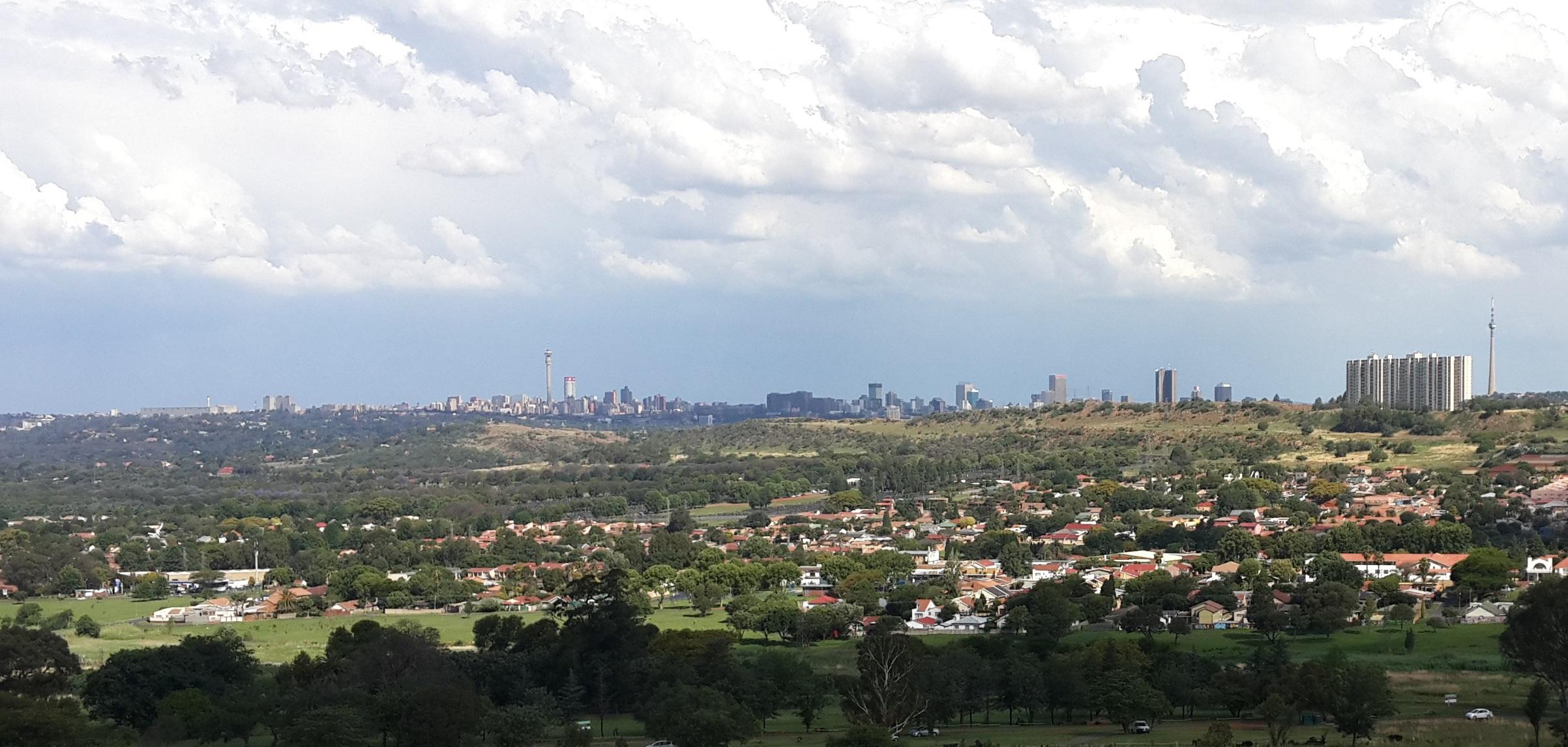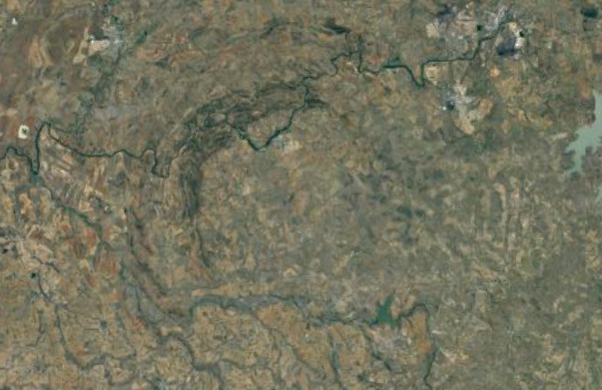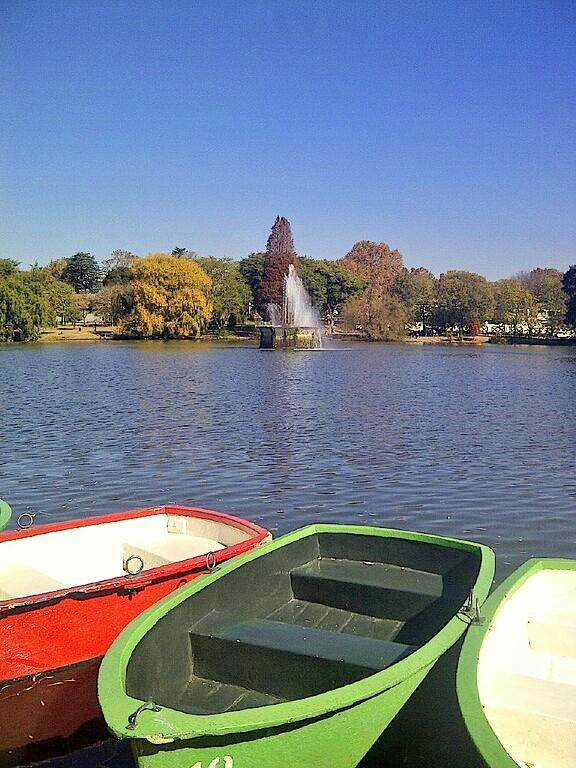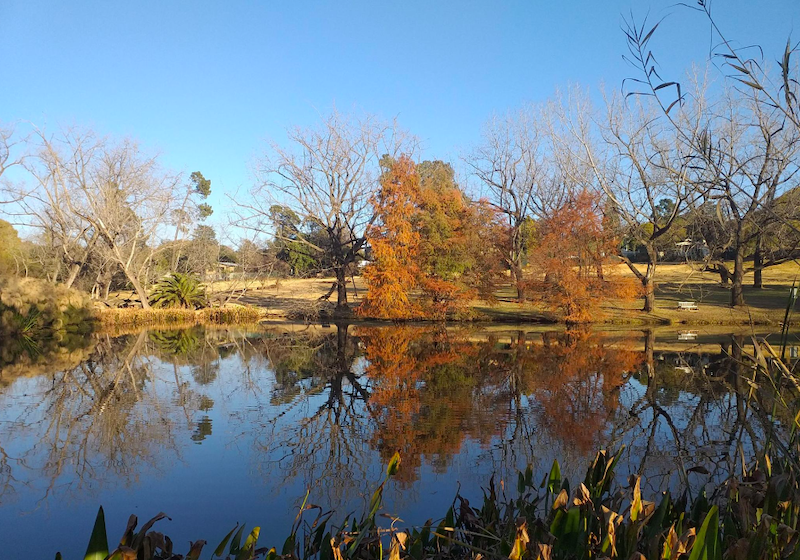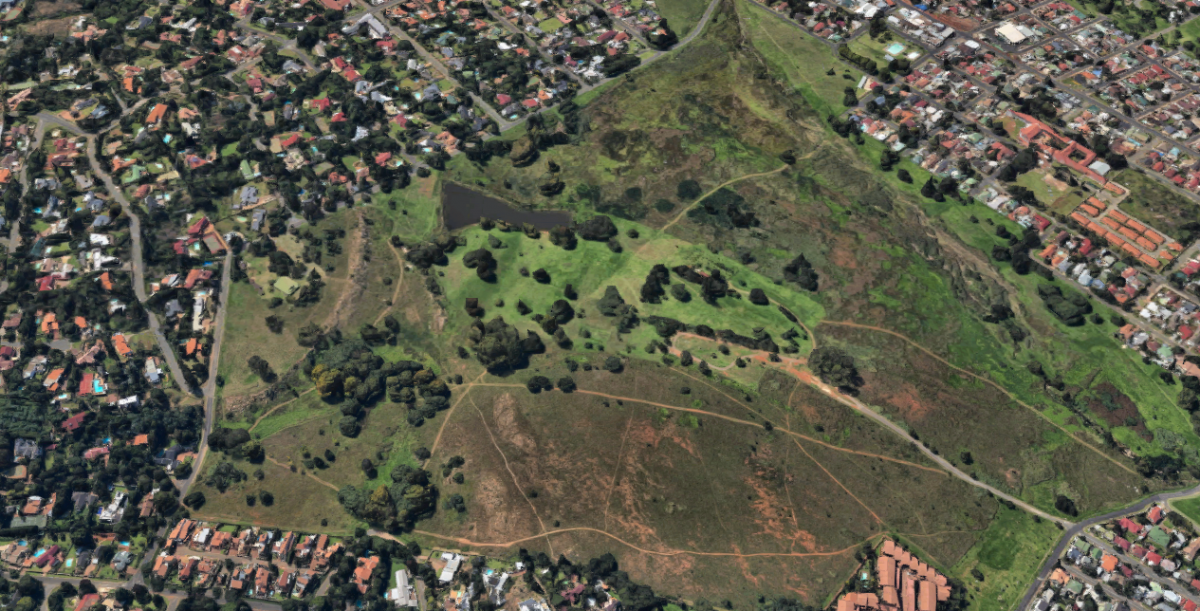
Disclaimer: Any views expressed by individuals and organisations are their own and do not in any way represent the views of The Heritage Portal. If you find any mistakes or historical inaccuracies, please contact the editor.
In the article below, journalist Lucille Davie reveals some unique history about Albert's Farm in Johannesburg. Some of the community and planning details are out of date as the article was written on 16 September 2005. Nevertheless, the history of the site remains as fascinating as ever. Click here to view more of Davie's work.
The only Artesian spring in Gauteng is on Albert’s Farm in Albertskroon in Joburg’s northwest suburbs, spurting a fresh, clean trickle of water throughout the year.
The Alberts' Farm Conservancy is a 90ha piece of gently slanted land up against the southern side of the Northcliff ridge, the second largest green lung in the city after Delta Park. It is an ecologically significant area, with a high diversity of indigenous grass and shrub species, as well as several dams, a wetland, a marsh, and of course, the spring and stream.
The conservancy is in the middle of dense suburbia, providing local residents with a welcome green lung. It’s a popular weekend picnic area, used every day by dog walkers as well.
The artesian spring is formed by two slanted rock formations – the south facing shale meets the downward-sloping quartz rock from the north, forming an impenetrable basin in which the water forms, and then forced, under pressure, to the surface. A normal spring is formed when underground water, moving through permeable layers, hits an impermeable layer and is forced to the surface.
”The spring runs throughout the year,” says Noel Perry, the chairperson of the Friends of Alberts' Farm Conservancy Management Committee, “but flows more strongly in summer, after the rains.”
Commemorative Plaque (via Trip Advisor)
The spring, bubbling out of the ground in a shaded, rocky, mini forest in the middle of the park, feeds into a soccer field-sized dam. This dam drains from one corner through a marshy area into a lily pond about 100 metres below it, a small, quiet splash of water but now choked with parrot feather weed. Further down the hill is a stream and a wetland, a source of the Montgomery Spruit, which flows towards Parkhurst, joining with the Braamfontein Spruit.
The dam contains fish, and is used on weekends by church groups for baptism. Concrete circles have been created in the park for use by these groups. Perry says the sound of drumming and singing echoing across the valley on Sundays is pleasant. “We live in Africa, the beating of drums is natural.”
History
The farm dates back to the 1890s, when, it is thought, Hendrik Abraham Alberts leased 114 acres from the owner of the large farm Waterval. The original farmhouse is long gone, but the family cemetery exists, a lonely, fenced presence in the parkland.
Perry takes me up to a shaded area – a line of oaks on one side and a cluster of blue gums across from it suggest the possible location of the farmhouse. He points to a small circle of concrete, and says it was a well, now covered, further reinforcing the feeling that the farmhouse must have been nearby, commanding a view down the valley to the southern ridges of Johannesburg.
View of Johannesburg from Albert's Farm (The Heritage Portal)
There is a tranquillity among the trees, with a gentle breeze blowing up the valley. There’s no trace of any cultivated fields – Perry says the Alberts family farmed mealies.
In 1946 the Alberts family sold 45 000m² of land to the City, for £18 500, specifying that the land must be kept for public use.
East of the wooded area are unusual rock formations, which Perry believes relate to the Vredefort Dome at Parys, 100 kilometres south of Joburg, a vast basin formed when a meteorite hit the earth some two billion years ago.
Vredefort Dome central uplift (Google Maps)
Flora and fauna
Some 139 different bird species have been spotted in the conservancy, which has a red data plant and a swathe of natural Transvaal grass, which, according to Perry, deserves protection.
The committee represents the surrounding suburbs of Northcliff, Greymont, Albertskroon, Albertsville and Westbury. The committee spends time removing weeds like kakiebos, blackjacks and bugweed, perpetual problems in any areas that birds fly over, dropping seeds.
The park is dotted with trees – 70 different species have been identified, 35 indigenous, 35 exotic. Some 29 grass species have been found, and 78 species of shrubs (18 of which are exotic).
Alberts' Farm, unlike other parks like Zoo Lake, is deliberately left largely in its natural state, says Alan Buff, general manager of technical support and training at Johannesburg City Parks. “We don’t manage all parks like a bowling green, but rather we look at the natural environment to maintain the biodiversity of the park.” This principle applies to Delta Park as well.
Zoo Lake (The Heritage Portal)
Delta Park (The Heritage Portal)
He says that in the 1970s when Delta Park was being established as a public park, white guinea fowl, ducks and small animals (and several springs) were found in the long grass, which was subsequently left uncut to allow for the wildlife.
Several years ago the City undertook a vegetation survey of Alberts' Farm, done by Wits University. Its recommendations include carefully monitoring the wetland, labelling the trees and cutting down some of the alien trees, controlling dumping, building a bridge over the stream, building raised walkways over the wetland, constructing educational boards, and, once a fence is erected, charging an entrance fee. The survey points out that Alberts' Farm is a catchment area, feeding the Montgomery Spruit which forms part of the larger river network of the city, and should therefore be managed in an eco-friendly way.
Eventually the committee would like to introduce zebra and small buck into the space, and construct bird hides. An Olympic cross country track is also a long-term plan, as well as mounted patrols.
A problem at the moment is quad bikes and 4x4 vehicle owners driving over the precious marsh area below the dam.
Eeufeesgrond
The farm has added significance because on its north-eastern edge is an “eeufeesgrond”, probably set up originally as a festival area in 1938 for the centenary celebration of the Great Trek, but used throughout the year by the Afrikaans community for various other festivals and fairs.
Nowadays there’s a small community hall marking the spot, owned by the City. Perry is hopeful that when the lease ends soon, the conservancy will take it over and create a leadership camp. School children would attend weekend camps, learning about the natural surroundings.
The committee has great plans. A restaurant would also built just below the eeufeesgrond, and the money generated from this source would maintain the leadership camp, and contribute to the upkeep of the conservancy. The restaurant would overlook the dam, making for a tranquil place to eat and enjoy the view, taking in Melville Koppies and the city in the far distance.
The eeufeesgrond is of less ecological significance as it is an area that has a long history of being disturbed, so would be the right spot to develop.
The committee’s long-term plan is to fence the entire conservancy and allow entrance through six gates, one of which will remain open for 24 hours. A R40 000 donation has already fenced parts of the perimeter.
The committee organises several events throughout the year: a spring fair, a kite-flying day, and events on New Year’s Day.
Lucille Davie has for many years written about South Africa's people and places, as well as the country's history and heritage. Take a look at lucilledavie.co.za
Comments will load below. If for any reason none appear click here for some troubleshooting tips. If you would like to post a comment and need instructions click here.

